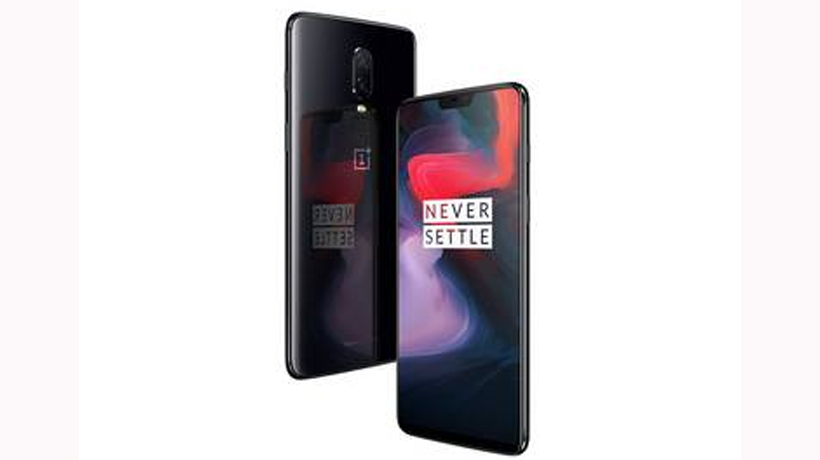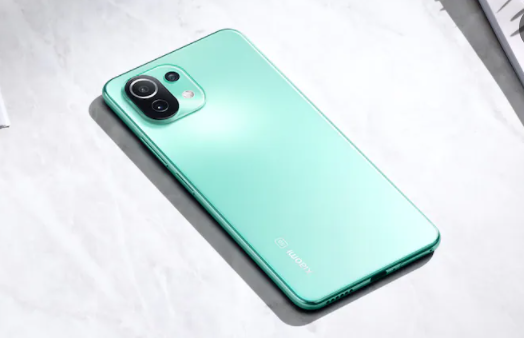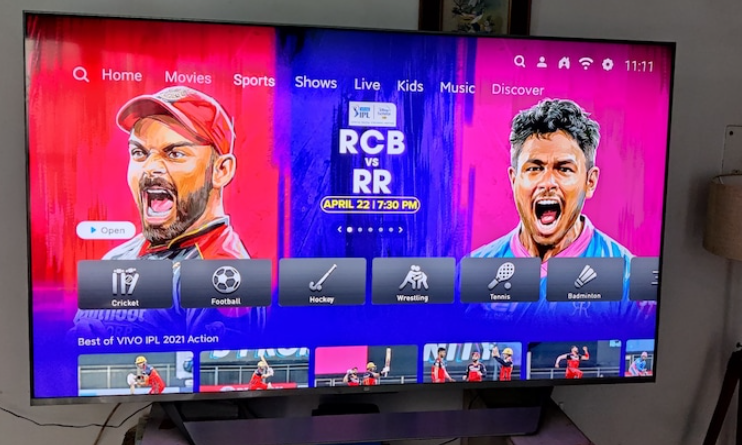Trending Now
- 830 voters names go missing in Kavundampalayam constituency
- If BJP comes to power we shall consider bringing back electoral bonds: Nirmala Sitaraman
- Monitoring at check posts between Kerala and TN intensified as bird flu gets virulent in Kerala
Technology
How OnePlus phones became everyone’s Apple iPhone
![]() May 14, 2018
May 14, 2018
On 22 April, a page listing the OnePlus 6 went live on Amazon India. It was a simple page with no images of the phone. It gave no extra information about it than was already known. All it did was allow users to click on a button which put them on a mailing list for further information about the phone.
Not bad for a Chinese phone company which essentially makes Android iPhones and is yet to truly give us a feature which is totally unique (except excellent back covers).
The making of the OnePlus fan
One of the best ways to get human beings to want something is to tell them that they can’t have it. With the invite system implemented through contests like Smash the Past, OnePlus made their phones objects of desire. After all, phones have become lifestyle objects and adding a story to them always works.
Even before OnePlus launched its first phone in 2014, it had shown expertise at creating a buzz around itself and its products. It went after the geeks first, people who trawl Internet forums discussing custom ROMs and jailbreak phones as easily as most people reboot them. It listened to them, trying to collect thoughts on what people really wanted from their phones. But even as it added to its information repository, it also gained people who were able to give it publicity that every company dreams of: word of mouth.
These enthusiasts were won over by the good hardware/software mix at a reasonable price. Importantly, being more tech-savvy than the usual consumer, they were also the people who could influence other people’s tech choices. Once they became OnePlus fans, it became easier for the company to spread its reach without spending much on marketing (though that approach has changed now). The well-made phone when added to the prestige around the brand made these initial fans believers who would recommend the phone to anyone and everyone.
OnePlus fuelled this fandom through constant interaction with the community through their forums. It also made launch events a big thing in Asia and got into the high-margin merchandise business to further buff up their profit line. More than the profit it gave them, the merchandise further endeared the company to its fans.
All of these factors come together to produce the OnePlus fanboy, a person who loves and defends the company no matter what. They want the new OnePlus every year and if they can’t afford to buy one themselves, they sure as hell will tell you how stupid you are for not buying one. They will also praise every design choice the company makes and defend every supposed flaw with the phones.
The Apple similarity
If all of the above sounds familiar, it is because there is a global precedent for this. A fanboy so universally recognised that there is an Oatmeal comic on them. They are of course, the Apple fanboys.
Apple was perhaps the first tech company which made fanboying a part of its culture. It tilted the balance of power from the consumer to the company. No longer was the customer helping out the company by buying their product; instead the company was doing everyone a favour by letting them buy what they made. Even the motto was classic marketing spiel which sold a “philosophy” rather than a product: “Think Different”. For comparison, OnePlus’ tagline is “Never Settle”.
Apart from the fanboy, OnePlus and Apple have various other similarities.
For instance, the number of products in its lineup. OnePlus introduces no more than two new phones a year at very similar price points. There is never any confusion over which OnePlus to buy as once a consumer has decided that they want a OnePlus, there is only one option available. This absence of multiple devices also helps in avoiding the fragmentation of the discussion which is an ever-present feature of other smartphone makers. This is why OnePlus is able to have such vibrant community forums as the discussion is heavily clustered around its latest flagship.
This tactic is similar to Apple’s policy which stems back to a 1997 Steve Jobs directive when he had simplified the company’s computer-making approach by drawing a two-by-two grid. The columns were labelled “Consumer” and “Pro” while the rows were titled “Desktop” and “Portable”. He then asked the company to produce just four great products, one for each quadrant. This philosophy has been continued at the company as is evident by Tim Cook’s statement in 2014 when he pointed out to Charlie Rose that everything Apple made could be put on the table between them. This has meant that once you choose Apple, you are relieved of the responsibility of choosing within it. OnePlus with its few device launches has achieved something similar.
Further, there is also the excellent software that both companies provide. Apple is of course miles ahead with its iOS system as it outperforms other phones with higher specifications (although this comes with the tradeoff of lesser customizability). However, OnePlus too has found praise for the little extras it provides beyond the stock Android experience. Oxygen OS is seen as one of the plus points of the phone unlike other Android adaptations which are generally criticised. The OnePlus features are little things but once you get used to things like the Alert Slider, it’s hard to turn back.
As Samsung is to Apple, Xiaomi is to OnePlus
Of course where there is an Apple, there is a Samsung. For OnePlus that competitor has been Xiaomi which has conquered developing mobile markets at a breath-taking pace. With a plethora of products in its Redmi and Mi line of phones, Xiaomi targets every price point and delivers a good phone for that price. Similarly, OnePlus’s siblings Oppo and Vivo too target different audiences with more affordable phones and expensive marketing campaigns. However, just like Samsung, they lack the desirability that Apple and OnePlus phones have acquired.
In a much-read Esquire article earlier this year, NYU professor Scott Galloway had compared Google to God, Facebook to love, Amazon to consumption and Apple to sex. Galloway had argued that iPhone users are not paying $1,000 for better facial recognition. They are paying that sum to show to the world that they themselves are desirable. The phone then ceases to become a utility and turns instead into a status symbol. Slowly but surely, OnePlus is walking down that same path of desirability.
Apple and OnePlus as symbols of peak consumerism
More than any other mainstream phone manufactures then, Apple and OnePlus have taken the smartphone from something you need to something you want. The OnePlus 6 is one of the most anticipated phones of 2018 not because of some astonishing technology it will unleash on the world but because of the narrative OnePlus has managed to build around it.
Apple and OnePlus have understood the materialist culture of our society perfectly and have positioned themselves to take as much benefit from it as they can. No everyday consumer really needs a phone running a Snapdragon 845 processor with 8 GB of RAM. That really good camera it is bound to have will not improve your face in those selfies. Further, with the practically guaranteed high price point, the killer part of “Flagship Killer” seems to be fading away as well.
In conclusion, buying an Apple or a OnePlus is not a decision made out of logic. They are luxury buys which add little more to your life than what a Samsung or a Xiaomi would. And as we start changing our phones every so often, logic dictates that we spend lesser on them and just get one which works.
With that particularly sound advice out of the way, do excuse me while I quickly go prebook that phone I have been wanting forever.
























